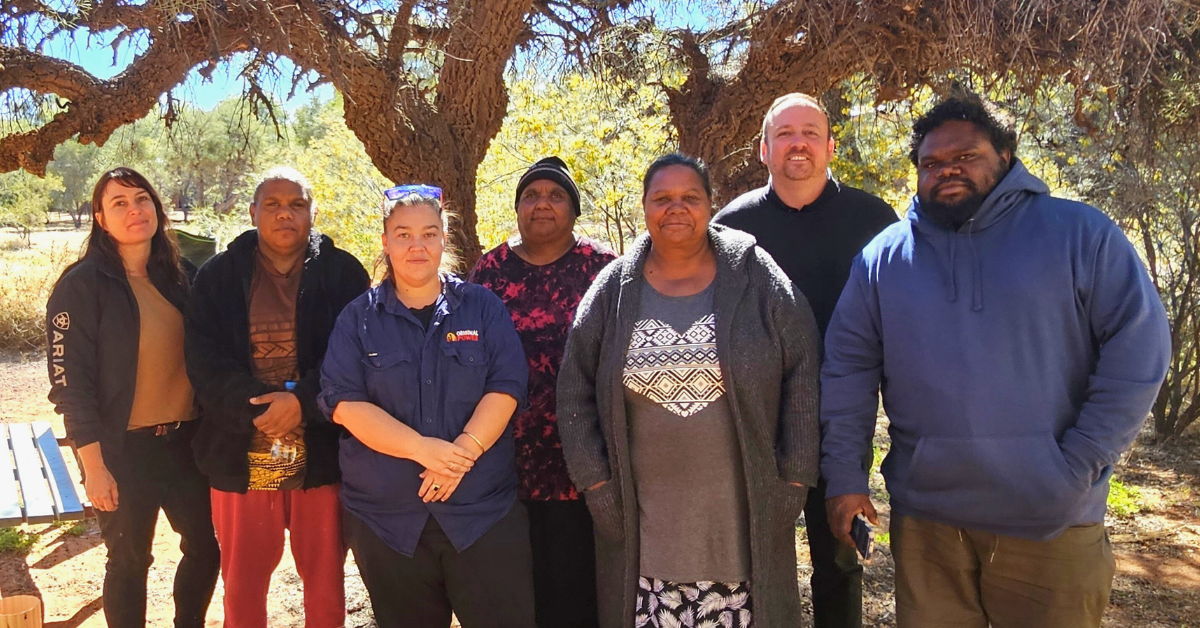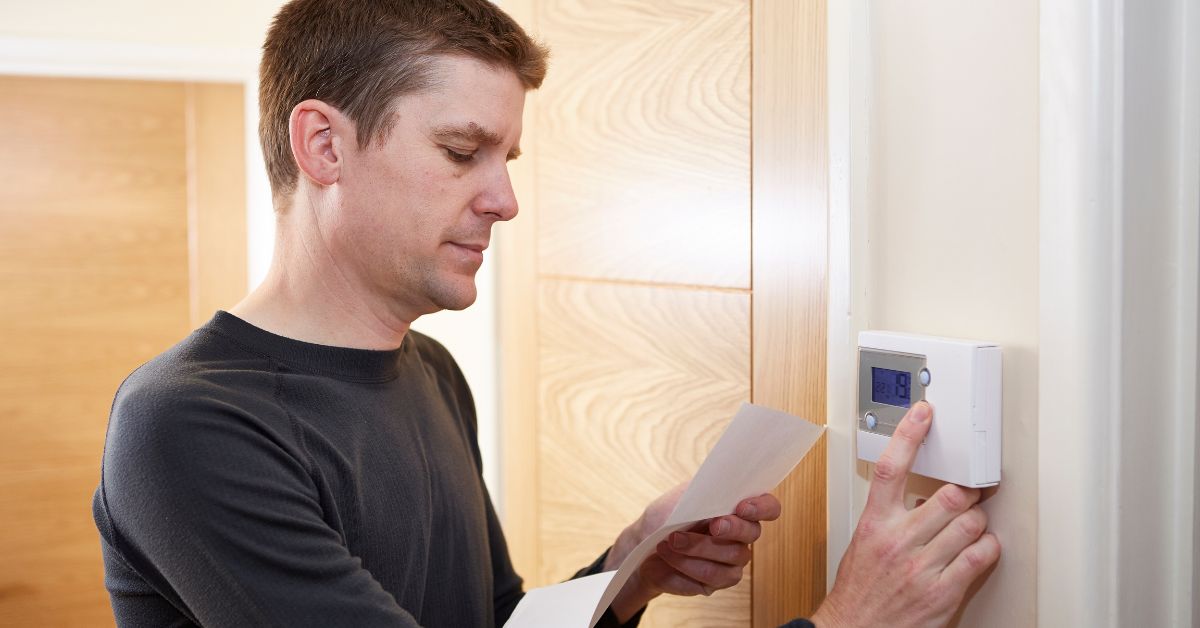Trials of Virtual Power Plants need to include the development of new ways to structure and present new services to consumers. The success of these new business models depends on consumers choosing to make their energy resources available to be managed by an aggregator.
In October last year ARENA announced the commencement of the Distributed Energy Integration Program (DEIP). This is a joint initiative that involves will involve ARENA, Australian Energy Market Operator (AEMO), Australia Energy Market Commission (AEMC), Australian Energy Regulator, Clean Energy Regulator, Energy Consumers Australia, Clean Energy Council, Australian Energy Council, Energy Networks Australia, CSIRO and Clean Energy Finance Corporation.
The DEIP has as its goal “Collaborate to maximise the value of customers’ Distributed Energy Resources to the Australian energy system for the benefit of all energy users.” It has identified four workstreams:
- Customer – Capturing and sharing customers’ preferences to inform the future
- Markets – Enabling multi-party exchange of value in markets within physical network constraints
- Frameworks – Optimising investment in and operation of network and non-network DER infrastructure
- Interoperability – Standardising the physical operation, visibility and resilience of the distributed energy systems
In December AEMO began consultation on the NEM Virtual Power Plant (VPP) Demonstrations Program which is being developed together with the DEIP partners.
The development of the VPP capabilities and business models the VPP program will test are part of the larger, longer-term project of building a dynamic and sophisticated energy system and energy services market. This is a system and market which are not just about big infrastructure and selling electrons, but also about intelligent individualised services which are tailored to the unique circumstances and requirements of different people and businesses and which at a global level, act to optimise a large, distributed and increasingly complex energy system.
In the more immediate term, we are also looking to VPP and related models to improve affordability for households and small businesses being impacted by high energy prices. In a highly capital-intensive sector, we need to optimise the way we build out and operate physical infrastructure in the NEM to deliver essential energy services at the lowest possible cost for consumers.
The Program is one aspect of realizing the value of distributed energy resources (DER) for the benefit of all consumers, and Energy Consumers Australia supports the intention to evaluate ways to enable aggregated DER to participate in the wholesale markets. The critical point is that making VPPs work and realising these immediate and longer-terms goals will depend as much on partnering with consumers to save them money and delivering a positive experience as overcoming technical and system challenges. Any sense that central control is being exercised without appropriate engagement and reward for consumers will undermine trust and confidence and slow the development of these new services.
Those designing and testing VPP models should therefore be particularly mindful of the results of our Energy Consumer Sentiment Survey that is showing that while consumers are eager to take charge and are reaching out for greater control over their energy use and costs, they are not confident that there is enough easily understood information available to make decisions about energy products and services. Exploring new ways to structure and present new services to consumers should therefore be a key element of the Program.
The full submission can be read here.


